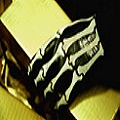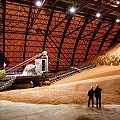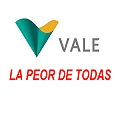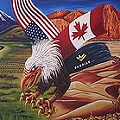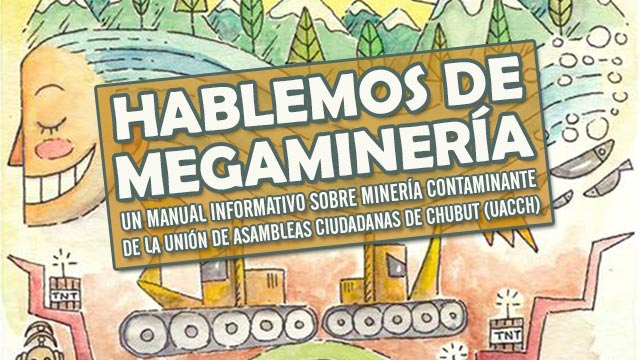A CorpWatch report details the operations of Barrick gold in nine different countries, focusing on the efforts on the part of the communities to seek justice from this powerful multinational. Canadian-owned Barrick Gold, the world's largest gold producer, is exploring, building and operating huge, open-pit gold mines on nearly every continent on the planet. On average, gold mining today produces 70 tons of waste for every ounce of gold, while also consuming and polluting massive amounts of water. An estimated 50 percent of these mining operations occur on native lands.
By Corp Watch
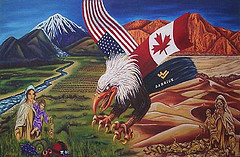 Barrick's Dirty Secrets: Communities Respond to Gold Mining's Impacts Worldwide
Barrick's Dirty Secrets: Communities Respond to Gold Mining's Impacts Worldwide
Canadian-owned Barrick Gold, the world's largest gold producer, is exploring, building and operating huge, open-pit gold mines on nearly every continent on the planet.
On average, gold mining today produces 70 tons of waste for every ounce of gold, while also consuming and polluting massive amounts of water. An estimated 50 percent of these mining operations occur on native lands.
For many Indigenous peoples, who often rely on their environment for food and necessities, mining threatens not only their livelihood, but also their spirituality and traditional way of life.
These new “modern mining” projects leave thousand-year legacies of acid mine drainage, destruction of ecosystems, disease, and regional climate change. Riches in the form of gold, silver and copper are exported to first world shareholders, leaving behind poverty, dependency and pollution.
A new CorpWatch report details the operations of Barrick gold in nine different countries, focusing on the efforts on the part of the communities to seek justice from this powerful multinational.
In the report, you will discover:
• individual profiles on Barrick's operations in Chile, Argentina, Peru, Tanzania, Papua New Guinea, the U.S., Australia, the Philippines, and Canada.
• how Barrick's Valedero and Pascua Lama projects got placed in a UNESCO World Biosphere Reserve;
• a roundup of mine security and police repression in Peru;
• how “illegal” miners have had their lives threatened and taken away in Tanzania and Papua New Guinea;
• how Barrick threatens indigenous spiritual grounds of the Wiradjuri in Australia and the Western Shoshone in the U.S.
• how Barrick threatens the water sources in water scarce areas in Chile, Argentina, Australia, and Nevada. In New South Wales, Australia, Barrick's mine is licensed to use 17 million liters on water per day. Meanwhile, that region is experiencing their worst drought in the last hundred years.
• profiles of on-going community struggles against Barrick around the world
Download “Barrick's Dirty Secrets: Communities Worldwide Respond to Gold Mining's Impacts”
Download Spanish version of report
Barrick has prepared a response to the CorpWatch report that is available on their website.

